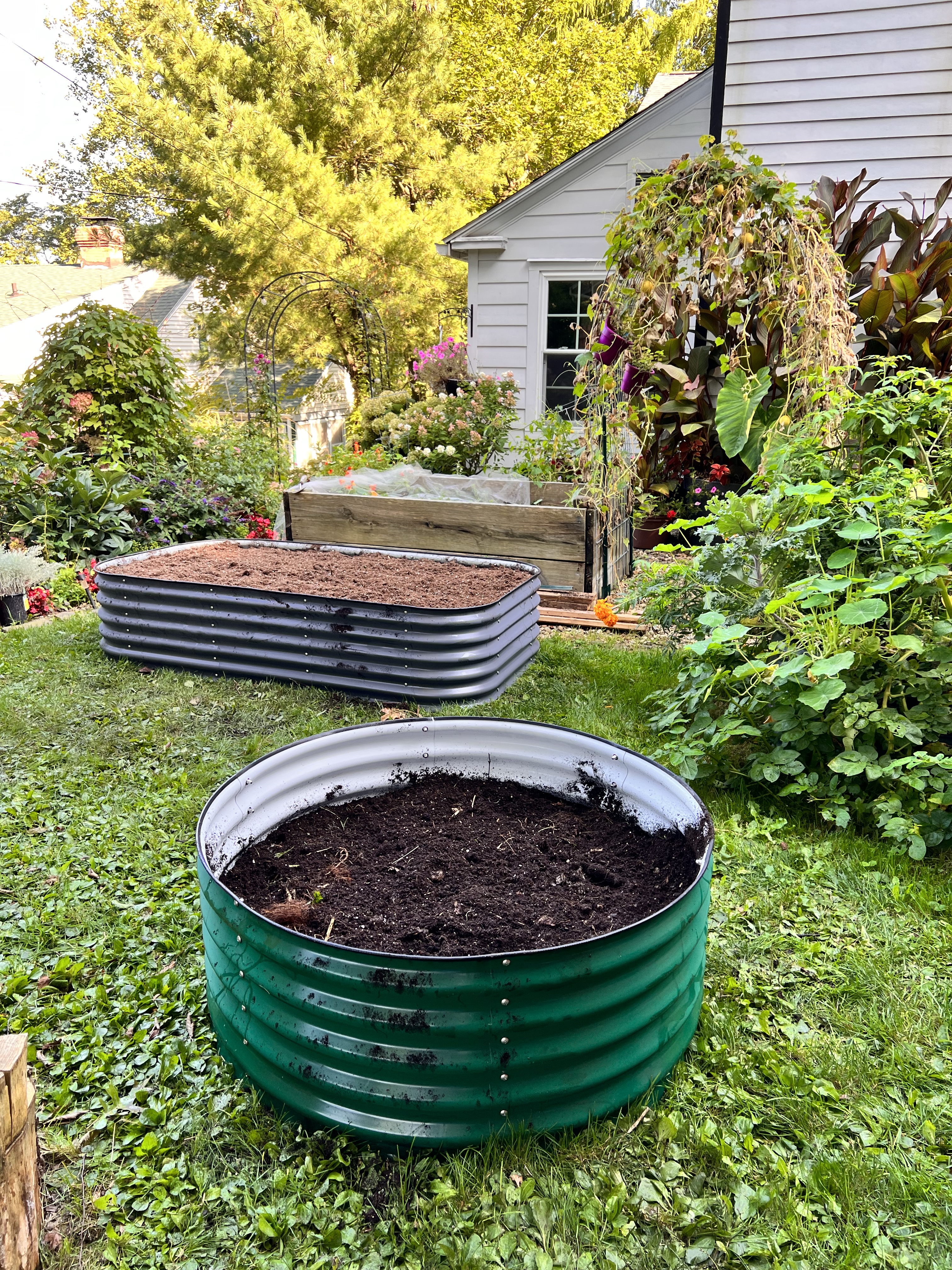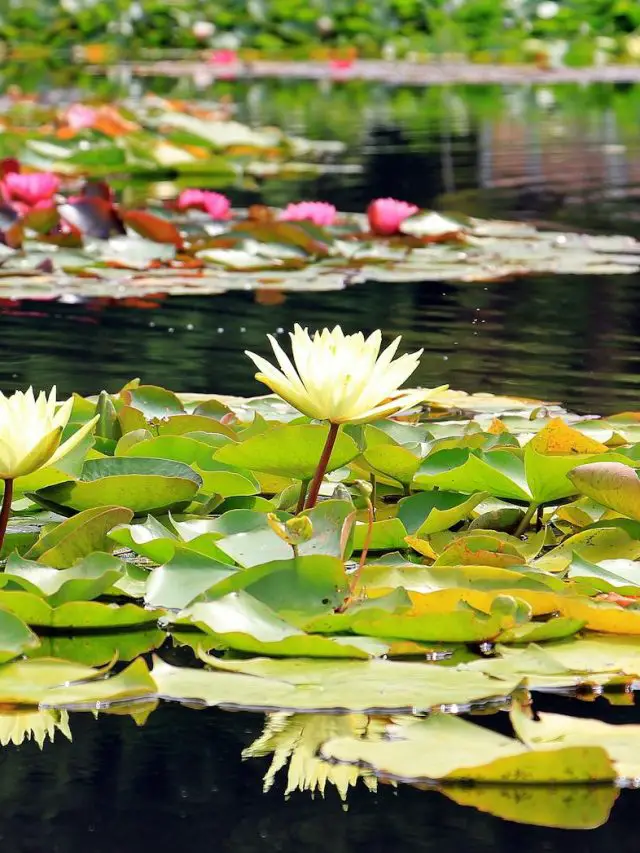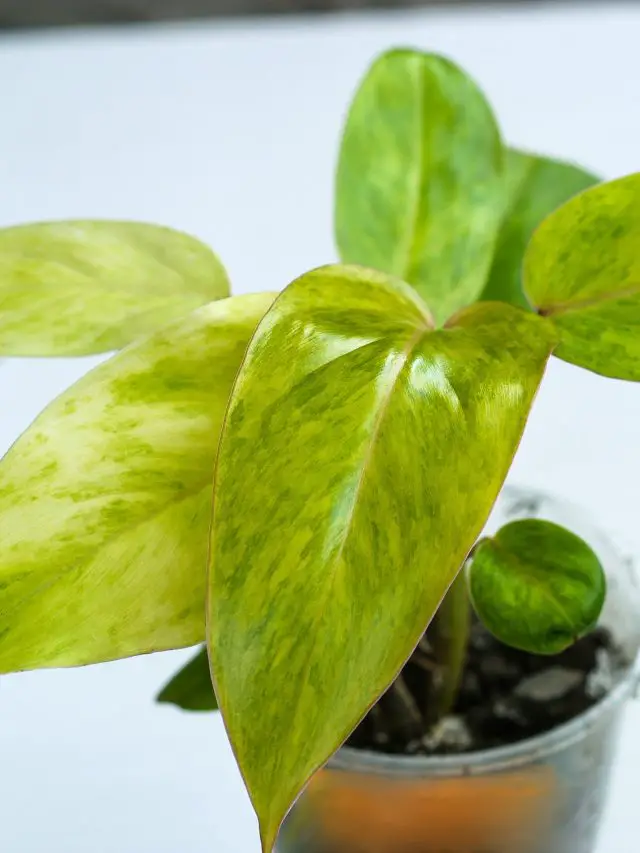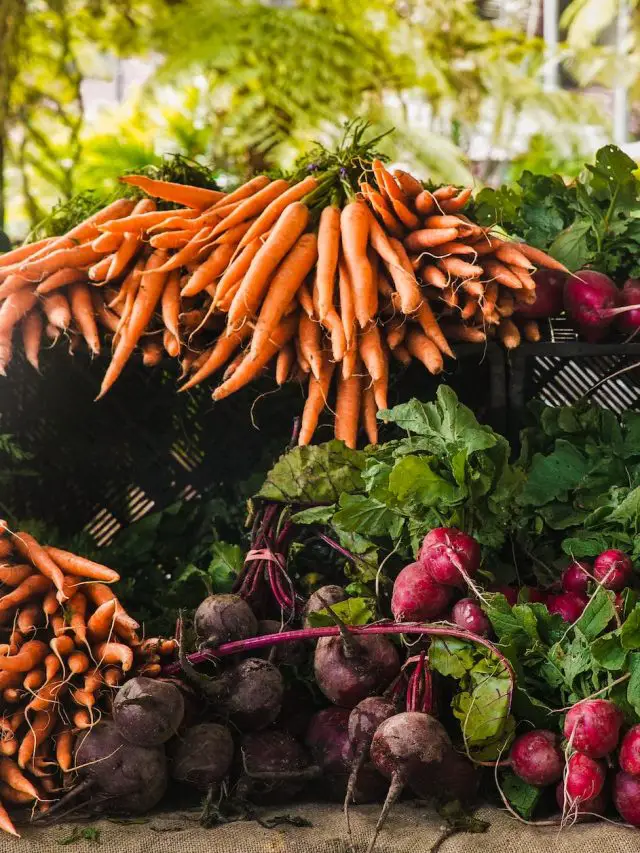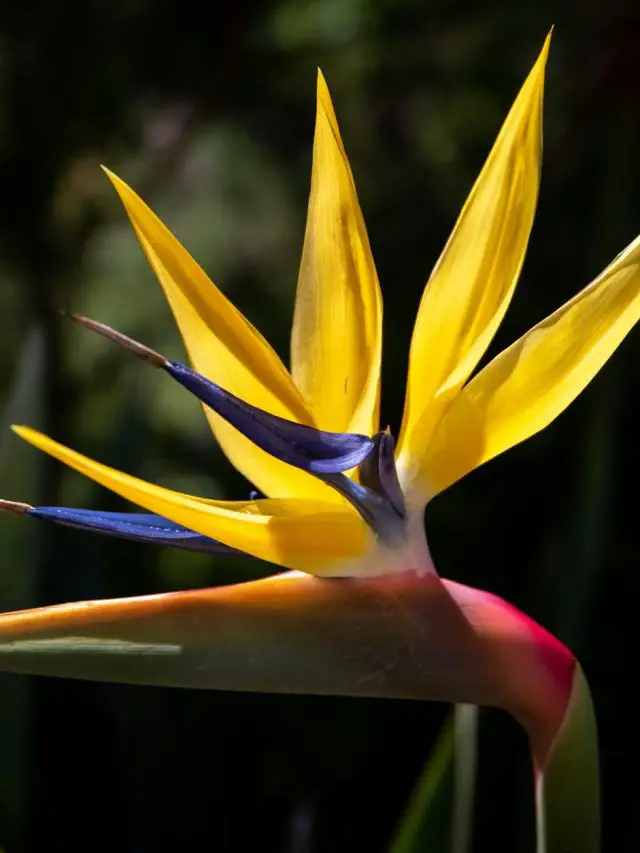How to grow Peperomia Full Care Guide
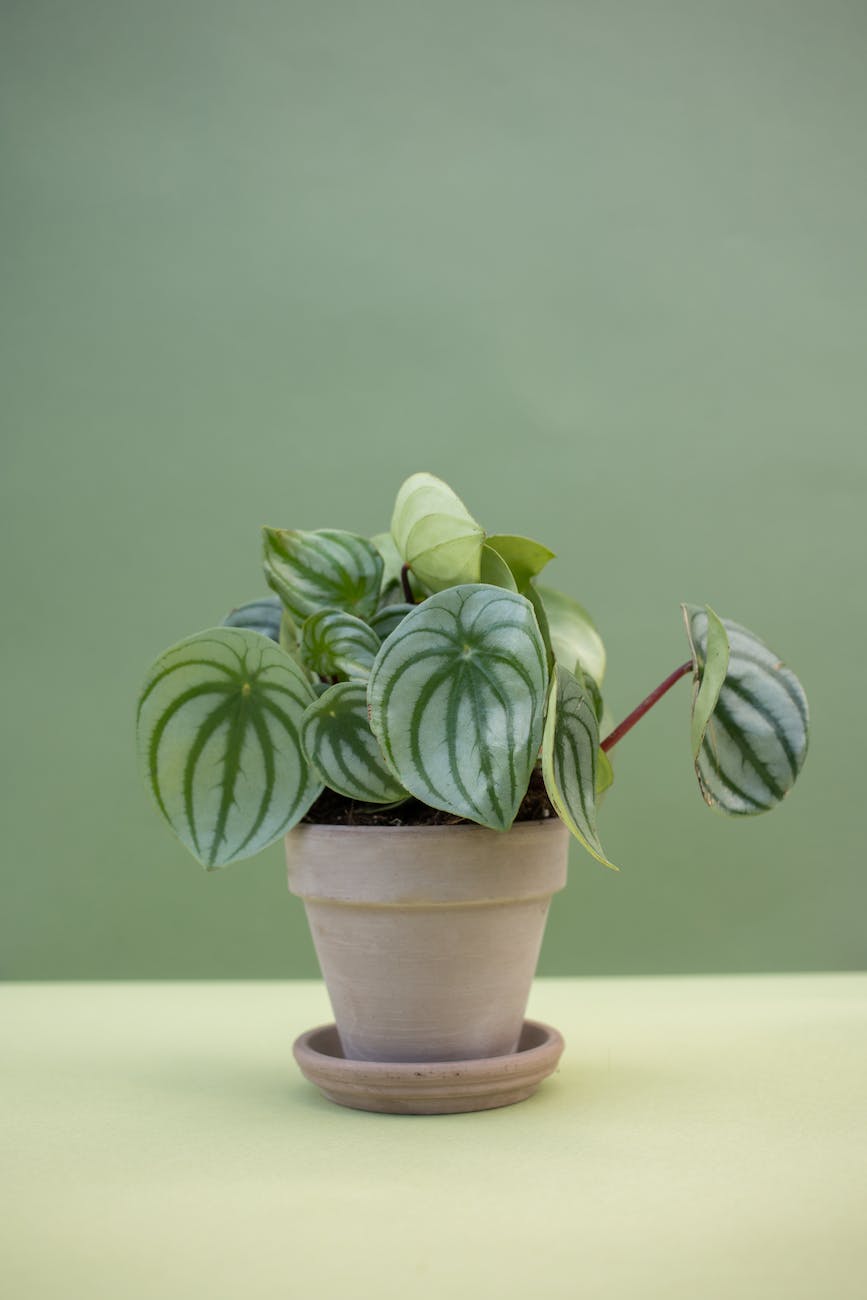
Peperomia plants are a popular choice for houseplant enthusiast due to their diverse range of shapes, sizes, and colors, as well as being very easy to grow. There are over 1,000 species of peperomia, each with its own unique characteristics.
Some peperomia plants are known for their small, delicate leaves, while others have large, fleshy leaves that can resemble miniature watermelons or pineapples. Peperomia plants can also be found in a variety of colors, including green, red, purple, and variegated.
Peperomia plants are native to tropical and subtropical regions around the world. They are well-adapted to indoor conditions, as they prefer warm temperatures and indirect sunlight. Peperomia plants are also relatively drought-tolerant, making them a good choice for busy gardeners.

Some of the links in this post are affiliate links. This means that if you click on a link and make a purchase, I will receive a small commission at no additional cost to you. I only recommend products that I truly believe in and that I think would be helpful to my readers.
How to Grow Peperomia
Peperomia plants are relatively easy to grow indoors. They prefer well-draining soil and bright, indirect sunlight. Peperomia plants should be watered regularly, but the soil should not be allowed to become soggy. Fertilize peperomia plants every few weeks during the growing season with a balanced fertilizer diluted to half strength.
Propagating Peperomia
Peperomia plants can be propagated easily from stem cuttings. To propagate a peperomia plant, simply cut a healthy stem from the plant and remove the lower leaves. Dip the cut end of the stem in rooting hormone and then plant it in a well-draining potting mix. Keep the soil moist and the cutting in a warm, bright location. Within a few weeks, the cutting should root and begin to grow new leaves.
You can also propagate peperomia plants in water. You do not need to add a rooting hormone if you do not want to or don’t have any on hand.
Common peperomia plant varieties
There are many different varieties of peperomia plants, each with its own unique characteristics. Some popular peperomia plant varieties include:
- Peperomia caperata (baby rubber plant): This peperomia plant has small, heart-shaped leaves that are covered in a velvety texture.
- Peperomia obtusifolia (peperomia watermelon): This peperomia plant has large, fleshy leaves that resemble miniature watermelons.
- Peperomia scandens (peperomia string of turtles): This peperomia plant has long, trailing stems with small, round leaves that resemble turtle shells.
- Peperomia argyreia (peperomia ripple jade): This peperomia plant has small, oval leaves with a rippled texture.
- Peperomia ferreyrae (peperomia pixie lime): This peperomia plant has small, lime-green leaves that are arranged in a rosette pattern.
Plant Styling
Peperomia plants are a versatile addition to any indoor space. They can be used to fill in empty corners, add interest to shelves, or create a focal point in a room. Peperomia plants are also relatively low-maintenance, making them a good choice for busy gardeners.
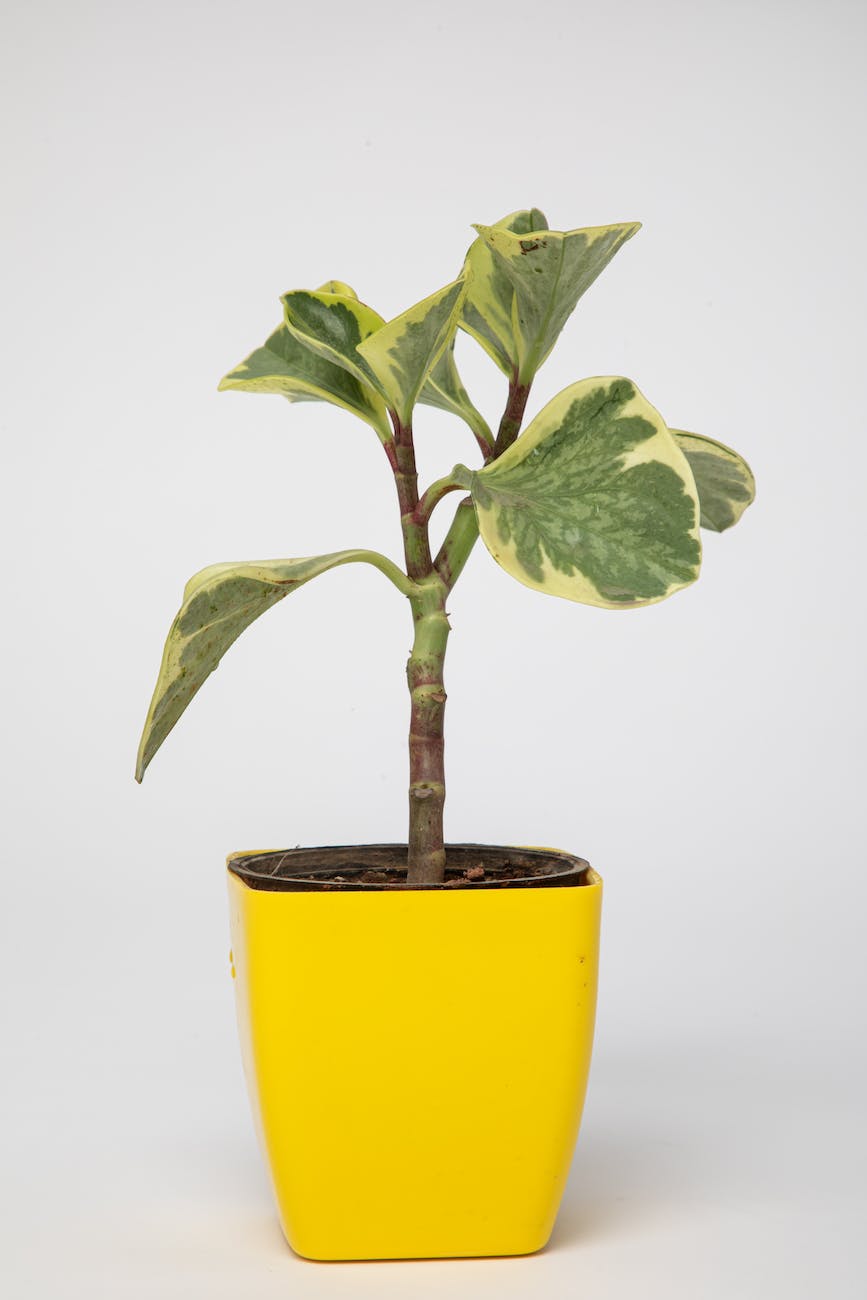
Perfect Lighting for Peperomia
Peperomias do best in bright light. So place this plant within a few feet of a window. Some direct light is ok but be careful of the intensity of the light. Meaning and east facing window is going to have less intense direct sun if you live in the U.S. while a west facing window will be stronger light. If your home lacks light you can add in grow lights. Grow lights are so helpful on darker winter days and in those dark areas of the house that need a plant.
Peperomia Plant Watering
It’s a good habit to check your plant weekly to see if it needs water during the spring and summer. If the soil looks dry, dig around to see if its dry an inch or two down. If it is, you can give it some water. This Plant is also very forgiving should you forget to water or want to go longer between watering’s but don’t wait too long.
In the winter months your plant may need less water depending on how dry your home is during that time. Our winters are cold and dry in the north so I base my watering on how dry the soil is as opposed to how long its been since I watered it last.
For winter houseplant care tips read this!
Humidity for Peperomia
Normal home humidity seems to work just fine for Peperomia but adding in extra humidity doesn’t hurt especially if your home is dry. You’ll notice changes in your plants when you provide more humidity in your home. Such as more growth and potentially bigger foliage.
Soil
Peperomia love a well draining soil mix. They do not like sitting in soggy soil so you can take a bag of potting soil and combine it with Orchid Bark and Perlite. That will give you the perfect well draining mix that will keep your plant happy.
Here are some excellent options to consider:
DIY Soil Mixes:
- Classic Peperomia Blend:
- 1 part high-quality potting mix (choose one with good drainage and aeration)
- 1 part perlite or pumice (improves drainage and aeration)
- 1 part coco coir (improves moisture retention and drainage)
- Optional: Add a handful of orchid bark for extra drainage and air circulation.
- Epiphytic Peperomia Blend (for species like Peperomia radula):
- 2 parts orchid bark
- 1 part sphagnum moss (pre-moistened but well-wrung out)
- 1 part perlite or pumice
- Optional: A sprinkle of charcoal for odor control and drainage.
Pre-mixed Options:
- FoxFarm Ocean Forest Potting Soil: This organic, well-draining mix is a popular choice for peperomias and other houseplants.
- Bonsai Jack Succulent & Cactus Mix: This mix offers excellent drainage and aeration, making it suitable for peperomias that prefer drier conditions.
- Miracle-Gro Moisture Control Potting Mix: This mix retains moisture while still draining well, ideal for peperomias that enjoy slightly more humidity.
Additional Tips:
- Regardless of the mix you choose, ensure it has good drainage. Peperomias are susceptible to root rot if their roots sit in waterlogged soil.
- Consider the specific needs of your peperomia variety. Some peperomias, like Peperomia obtusifolia, prefer slightly richer soil, while others, like Peperomia vernicosa, prefer drier conditions.
- Repot your peperomia every 1-2 years or when the roots outgrow the pot. Use fresh soil mix each time.
Fertilizing Peperomia
Peperomia plants can be fertilized during the growing season and aren’t particular about what fertilizer you use. Organic fertilizer tend to be my go to for all plants with my favorite being fish emulsion. Fertilize every four weeks during the growing season and give an extremely diluted amount during winter.
Peperomia plants are generally low-maintenance when it comes to fertilizer, but they can still benefit from an occasional feeding, especially if you want to encourage bushier growth or brighter leaves.
Here’s what you need to know:
When to fertilize:
- Spring and summer: This is the growing season for peperomia, so you can fertilize them once a month during this time.
- Fall and winter: Hold off on fertilizer during these dormant months.
What to use:
- Balanced fertilizer: Choose a fertilizer with an NPK ratio close to 1:1:1, as peperomia don’t need a lot of any one nutrient. Organic fertilizers like fish emulsion or worm castings are good options.
- Dilution: Always dilute liquid fertilizer to half strength before applying it to your peperomia.
- Slow-release: You can also use slow-release fertilizer pellets, following the package instructions. These provide nutrients over a longer period of time.
How to apply:
- Liquid fertilizer: Water your peperomia well before applying liquid fertilizer. This will help prevent fertilizer burn. Pour the diluted fertilizer onto the soil, avoiding the base of the stem.
- Slow-release pellets: Mix the pellets into the top inch of soil when you repot your peperomia.
General tips:
- Less is more: It’s better to under-fertilize than over-fertilize your peperomia. Over-fertilization can lead to leaf burn and other problems.
- Signs of needing fertilizer: If your peperomia’s leaves are pale or stunted, it might be time to fertilize.
- Dormancy: Don’t fertilize your peperomia if it’s stressed, rootbound, or newly transplanted.
- Flushing: Flush the soil with plain water every few months to remove any built-up salts from fertilizer.
Common Peperomia Issues and Pests
While relatively low-maintenance, peperomia plants can still encounter some common pests and issues.
Pests:
- Mealybugs: These white, cottony-looking insects suck sap from leaves and stems, causing yellowing and distortion. Look for them in crevices and undersides of leaves.
- Spider mites: Tiny, web-spinning arachnids that also drain sap, leaving fine stippling on leaves and webbing. They thrive in dry conditions.
- Whiteflies: Small, white winged insects that gather on the undersides of leaves and leave behind sticky honeydew.
Diseases:
- Fungal leaf spot: Dark brown spots with yellow borders, caused by excess moisture and poor ventilation. Affected leaves should be removed and fungicide applied if necessary.
- Root rot: Mushy brown roots caused by overwatering. Reduce watering frequency and repot in well-draining soil if affected.
- Ring spot: A viral disease causing chlorotic (yellowish) rings on leaves. There’s no cure, but isolating the infected plant is crucial to prevent spread.
Other issues:
- Leaf edema: Bumpy, warty appearance on leaves due to inconsistent watering or high humidity. Adjust watering habits and improve air circulation.
- Sunburn: Brown, scorched leaves from excessive direct sunlight. Move the plant to a spot with brighter indirect light.
- Underwatering: Wilting leaves and dry soil indicate underwatering. Increase watering frequency, but avoid overwatering.
Tips for prevention and treatment:
- Regular inspection: Regularly examine your peperomia for signs of pests or diseases. Early detection is key!
- Proper care: Provide your peperomia with appropriate watering, light, and humidity to avoid stressing it and making it more susceptible to issues.
- Isolation: If you notice pests or diseases, isolate the affected plant to prevent spread.
- Natural remedies: For mild infestations, insecticidal soap, neem oil, or horticultural oil sprays can be effective. For severe cases, consider insecticidal or fungicidal products specific to the problem.
Remember, prevention is always better than cure. By providing proper care and keeping a watchful eye, you can help your peperomia thrive and avoid common pests and problems.
Peperomia plants are a wonderful choice for indoor gardeners of all skill levels. They are easy to care for, tolerant of a variety of conditions, and come in a wide range of shapes, sizes, and colors. Peperomia plants can be used to create a variety of looks in your home, from a lush jungle vibe to a modern and minimalist aesthetic. With so many different peperomia plant varieties to choose from, you’re sure to find the perfect plant to add to your indoor collection.
Happy Gardening



